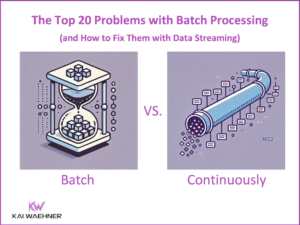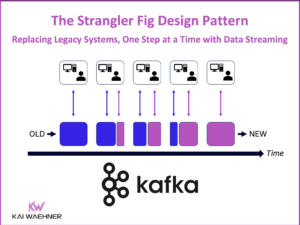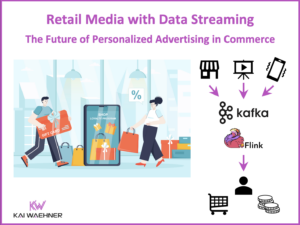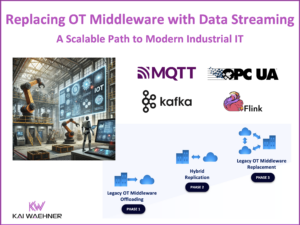Showdown: Integration Framework (Spring Integration, Apache Camel) vs. Enterprise Service Bus (ESB)
I had a talk at Java User Group Frankfurt (JUGF): “Showdown: Integration Framework (Spring Integration, Apache Camel) vs. Enterprise Service Bus (ESB)”. The room was fully packed, interest in integration frameworks, ESBs, and corresponding tooling is increasing every year! I uploaded the slides at Slideshare.





